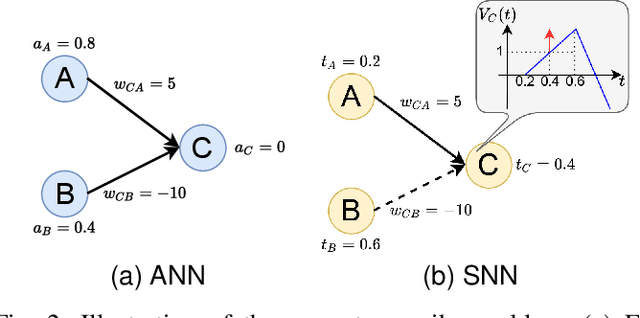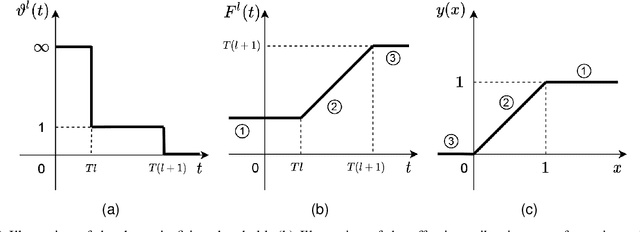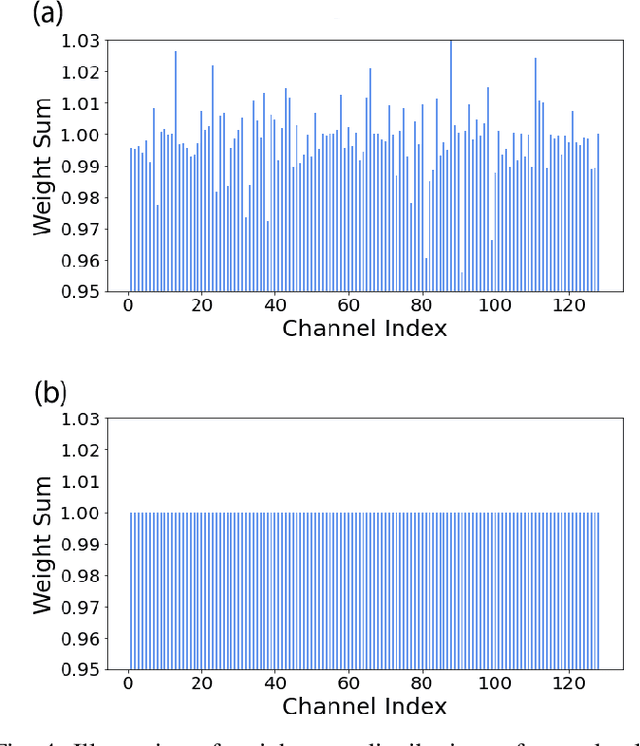LC-TTFS: Towards Lossless Network Conversion for Spiking Neural Networks with TTFS Coding
Paper and Code
Oct 23, 2023



The biological neurons use precise spike times, in addition to the spike firing rate, to communicate with each other. The time-to-first-spike (TTFS) coding is inspired by such biological observation. However, there is a lack of effective solutions for training TTFS-based spiking neural network (SNN). In this paper, we put forward a simple yet effective network conversion algorithm, which is referred to as LC-TTFS, by addressing two main problems that hinder an effective conversion from a high-performance artificial neural network (ANN) to a TTFS-based SNN. We show that our algorithm can achieve a near-perfect mapping between the activation values of an ANN and the spike times of an SNN on a number of challenging AI tasks, including image classification, image reconstruction, and speech enhancement. With TTFS coding, we can achieve up to orders of magnitude saving in computation over ANN and other rate-based SNNs. The study, therefore, paves the way for deploying ultra-low-power TTFS-based SNNs on power-constrained edge computing platforms.
 Add to Chrome
Add to Chrome Add to Firefox
Add to Firefox Add to Edge
Add to Edge